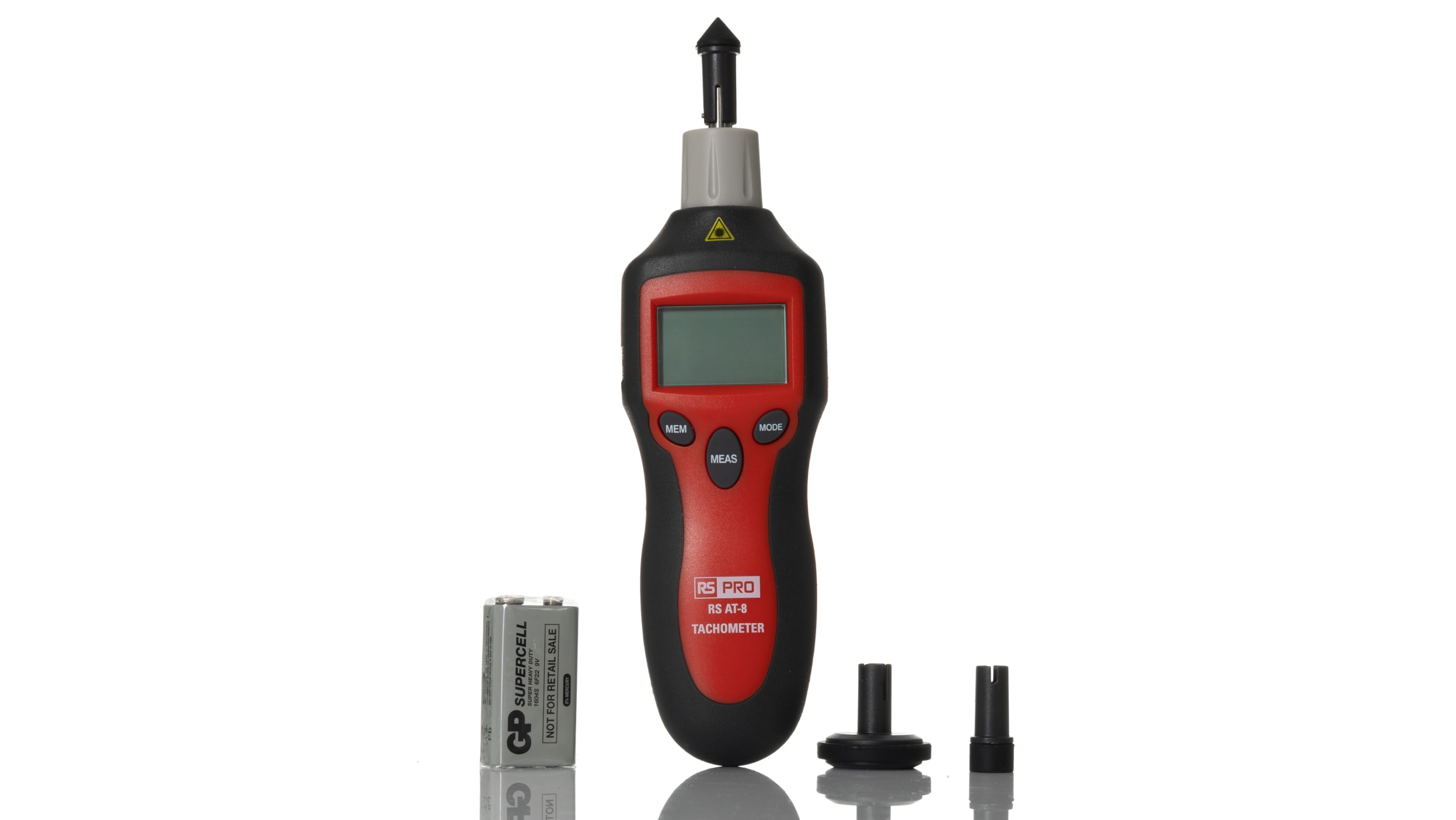Tachometer Buying Guide: Attributes to Look for and Ideal Brands
The Significance of a Tachometer in Monitoring Engine Rate and Efficiency in Automotive Applications
In the world of automotive design, the tachometer stands as a pivotal tool in the motorist's toolbox, offering a straight window right into the inner functions of a lorry's engine. Past its function as a simple gauge of revolutions per min (RPM), the tachometer works as a critical tool for fanatics and professionals alike, supplying real-time understandings into engine performance and health. Comprehending the significance of this tool goes beyond surface-level observations, delving right into the elaborate relationship between engine speed, power result, and total driving experience. As we check out the multifaceted function of the tachometer in automotive applications, a much deeper gratitude for its influence on lorry dynamics and effectiveness begins to emerge.
Value of Checking Engine RPM
Keeping an eye on engine RPM, or changes per min, is a crucial facet of auto upkeep and performance examination. Engine RPM directly associates with the rate at which the engine's crankshaft revolves, suggesting exactly how quickly the engine is running.
Furthermore, checking engine RPM is important for efficiency assessment in racing and high-performance cars. Maintaining optimum RPM degrees is important for accomplishing peak power result and acceleration. Racers commonly make use of tachometers to guarantee they are running within the optimal RPM array for optimum efficiency. In recap, keeping track of engine RPM is not just essential for finding issues however also for maximizing engine efficiency in different automobile applications.

Benefits of Real-Time Data
In automotive applications, real-time information plays an essential duty in giving instantaneous insights right into the efficiency and condition of the vehicle. By continuously keeping an eye on various parameters such as engine speed, temperature, fuel consumption, and much more, real-time information provides various benefits that add to improved performance and security on the road.
One substantial advantage of real-time data is its ability to alert chauffeurs and service technicians to any type of anomalies or concerns immediately. This positive technique allows quick identification of potential issues, enabling prompt interventions to stop additional damage or malfunctions. Additionally, real-time data facilitates performance optimization by giving prompt responses on driving habits and engine effectiveness. Chauffeurs can change their behavior in real-time based on this information to attain much better fuel economic situation and lengthen the lifespan of their automobile.

In addition, real-time information plays a vital role in modern auto diagnostics, allowing specialists to rapidly identify and deal with malfunctions. This leads to lowered downtime, reduced upkeep expenses, and ultimately, boosted general lorry integrity and longevity (tachometer). By harnessing the power of real-time information, vehicle stakeholders can make educated choices that positively affect both the efficiency and long life of the vehicle
Effect On Equipment Shifts
Reliable gear changes in auto applications significantly influence general efficiency and driving experience. The tachometer plays a critical role in optimizing equipment changes by providing real-time engine speed data to the chauffeur. When approaching the redline on the tachometer, it indicates the vehicle driver to upshift to protect against over-revving the engine and triggering prospective damages. On the other hand, downshifting at the best minute can help preserve the engine in its power band, making Get the facts sure receptive find here acceleration when required.
Furthermore, the tachometer aids in attaining smoother equipment shifts, especially in hands-on transmissions. By keeping an eye on engine speed, drivers can execute equipment shifts at the optimal RPM array, lowering snagging movements and minimizing endure the transmission elements. This precision in equipment modifications not only enhances driving convenience however also adds to sustain efficiency.
Enhancing Gas Effectiveness
Given the crucial duty the tachometer plays in enhancing gear changes for performance and engine wellness, it straight adds to making the most of gas effectiveness in automobile applications. By giving real-time comments on engine rate, the tachometer helps drivers in keeping one of the Full Article most reliable RPM range for gas economy. When vehicle drivers regularly monitor the tachometer and change their motoring practices as necessary, they can prevent unneeded fuel usage brought on by over-revving or hauling the engine.
Furthermore, the tachometer assists drivers identify the most fuel-efficient equipment to be in at any kind of provided minute, protecting against the engine from working more difficult than required. In verdict, the tachometer serves as a useful tool in enhancing fuel performance by advertising optimal driving practices and identifying areas for improvement in the lorry's performance.

Making The Most Of Engine Durability
The tachometer's duty in keeping an eye on engine speed and efficiency contributes in making sure the durability of automobile engines. By using the tachometer successfully, chauffeurs can enhance engine long life via conscious RPM monitoring. Constantly revving an engine too expensive can lead to excessive wear and tear on essential parts, such as the pistons, shutoffs, and bearings. Over time, this can lead to reduced engine efficiency and potential breakdowns. Monitoring the tachometer allows motorists to remain within the advised RPM variety for their car, avoiding unnecessary pressure on the engine and prolonging its lifespan.

Final Thought
To conclude, the tachometer plays a critical function in monitoring engine rate and efficiency in vehicle applications. By providing real-time information on RPM, it enables effective equipment shifts, enhanced gas efficiency, and maximized engine durability. This device is vital for keeping ideal engine efficiency and ensuring the general functionality of a car.